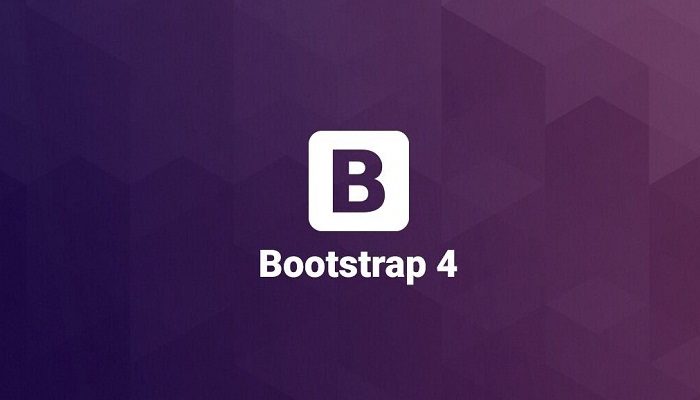Newstricky| For those who love their websites and designing seamless interfaces, Bootstrap has been one of the most powerful and popular front-end frameworks. The free and open-source library is loaded with numerous HTML and CSS based templates and JavaScript code extensions for web development.
Introduced in the later-half of 2011, Bootstrap has transformed the web development domain and revolutionized the practices. Within a short span, this library has expanded at an exponential rate and taken its position among the pillars of modern web development practices.
Over the past few years, digitization is growing at a fast pace, every business is aiming to establish its online profile and the internet is turning into a promising market. Fuelled by this increasing demand, web development technologies are changing fast, with responsive websites and seamless browsing experience being the key factors.
Bootstrap is a great package of pre-designed website templates and features, which makes web development easier and expands the domain to explore new possibilities and capabilities. The library integrates the web development trio – HTML, CSS, and JavaScript; offering a range of reusable components and lays the field for more useful developments.
The much-awaited upgrade for this fabulous package – Bootstrap 4 is finally here. With this release, the team is bringing in a lot of exciting changes, fascinating features, and surprising customization options. All those enthusiastic designers, who have had their eyes on this release, it is the time to rejoice and explore the capabilities of the framework.
Table of Contents
Faster compiling with Sass
As long as Bootstrap 3, the library was using LESS as its CSS pre-processor. But by bringing in Sass with Bootstrap 4, the library is looking forward to fast processing. Also, this gives the designers the freedom to customize the styling and refactor the features as per their needs. Working along with the Libsass Sass Compiler and by using _variables.css file, styling features like colors, size, links, containers etc. can be easily modified and compile even faster.
Let there be color
Bootstrap 4 comes with 5 major classes which can be used along with prefixes and applied on various HTML and bootstrap components, making the web pages a little more exciting and easier to design.
Navbar gets a facelift
For any webpage, the navbar is an important and observed component. Hence, it is meant to work and look perfect. While working with the navbar was a little challenging with version 3, Bootstrap 4 has introduced a lot of customizable schemes and controls for the navigation while optimizing the use of classes.
Relative sizing for scalability
Focusing on the scalability aspect for websites across various browsers and display sizes, Bootstrap 4 has dropped the use of pixels and is using relative sizing ‘em’ and ‘rem’ as its default unit. This would mean improved responsiveness, better adaptation of websites across platforms and eliminating the troubling displays.
Revising the tiers of the grid system
The grid tier is one of the most popular and powerful features of Bootstrap which allows developers to design their websites according to their target devices. With a wide range of devices and screen sizes in the market, it is essential that for a website to look perfect across various platforms. Compared to the four grid tier in Bootstrap 3 – ‘xs’, ‘sm’, ‘md’ and ‘lg’; Bootstrap 4 revised the presets and added another tier ‘xl’. However, instead of ‘xl’ signifying a larger display, the relative sizes for each tier has been pushed down, so as to cater to even smaller screens.
Using the flexbox
Refabricating the traditional float-based styling, the new Bootstrap introduces flexbox, which would act as the master for the Bootstrap grids. The flexbox allows a more responsive resizing capability to the components and also takes a step ahead towards widespread browser support.
Grunt retires
While the previous versions had Grunt to automate some of the usual tasks, Bootstrap 4 is using ‘npm’. There are a number of npm scripts that allow developers to perform lint tests, monitor the codebase for changes and compile deployable production versions for your website.
Easy customizations
Bootstrap is extremely popular for its wide range of classes and preset code modules that makes designing and logic implementation convenient for the developers. With Bootstrap 4, the team has revisited their approach and focused on getting in line with the idea of modularity that gaining steam throughout the web development domain. By leveraging Sass, users can choose the attributes and components they need.
A lot of things are going on in the frontend development sector, JavaScript and the ES6 standards being the hottest topic. Bootstrap 4 also refactored the JS plugins as per ES6 and a lot of exciting improvements, with the ultimate goal of achieving responsiveness and seamlessness. With Bootstrap 4, there is still a lot to find out. Go ahead, check out this upgrade and try some cool stuff with Bootstrap.




